Project events
Workshops for different target groups were offered as part of the MELLT project. A particular focus was on workshops for specific tools or digital learning scenarios such as “escape rooms” or “video production” as an additional offer for prospective English teachers at the CAU.
Overview
The following chronological list provides a selection of the workshops that took place as part of the MELLT project. Also see links to descriptions to some of the workshops that were written by participating students .

December 2023
Workshop (hybrid format) “Escape rooms in the English classroom”
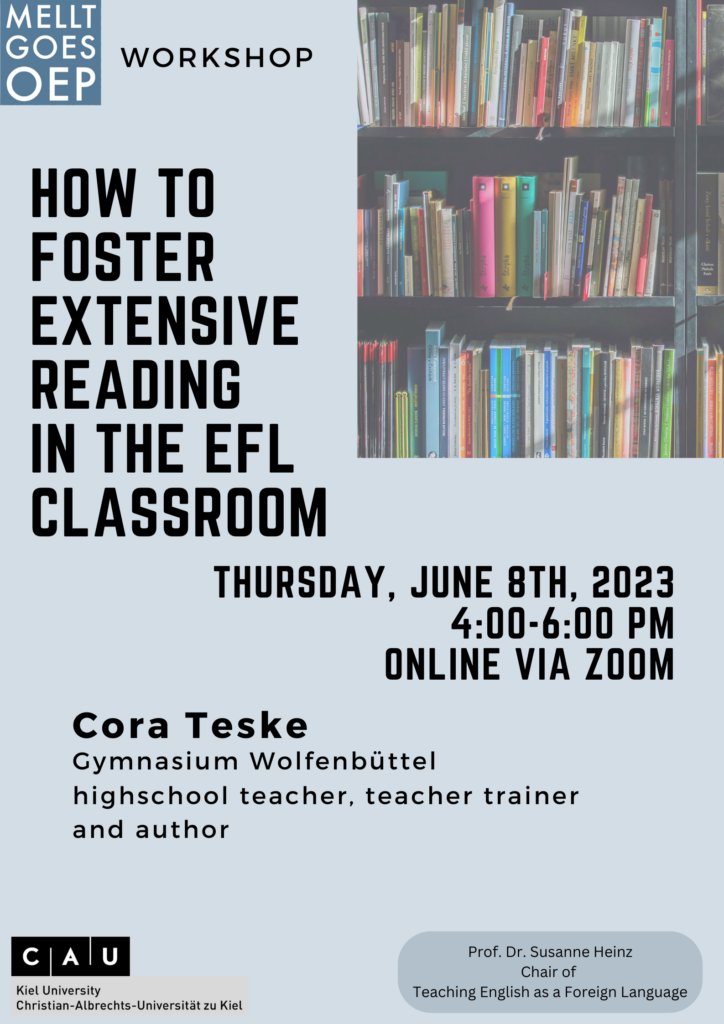
June 2023
Workshop (hybrid format) “How to foster extensive reading in the EFL classroom”
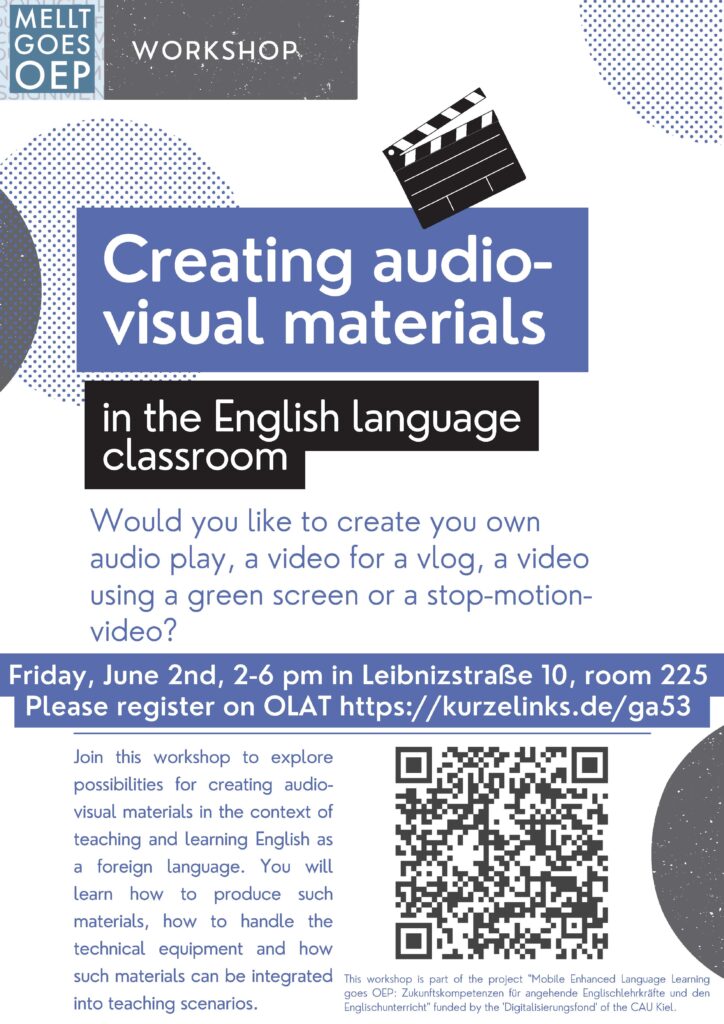
June 2023
Workshop (hybrid format) “Creating audio-visual materials in the English language classroom”
November 2022
Workshop (hybrid format) “Worksheet design & implementation”
An experience report and a field report are available for this workshop
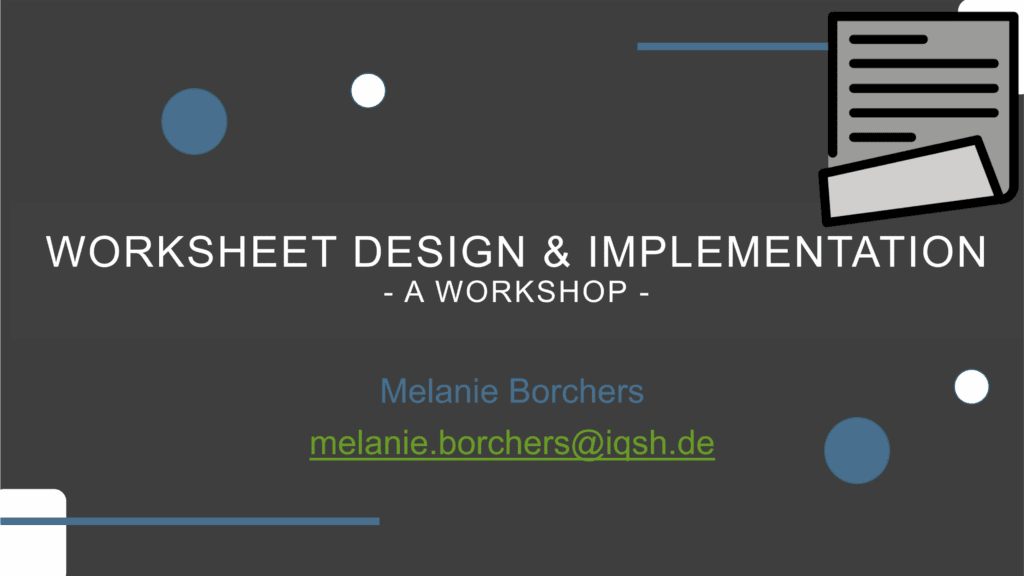
November 2022
Workshop (hybrid format) “Explainer videos in the EFL classroom” on November 25, 2022
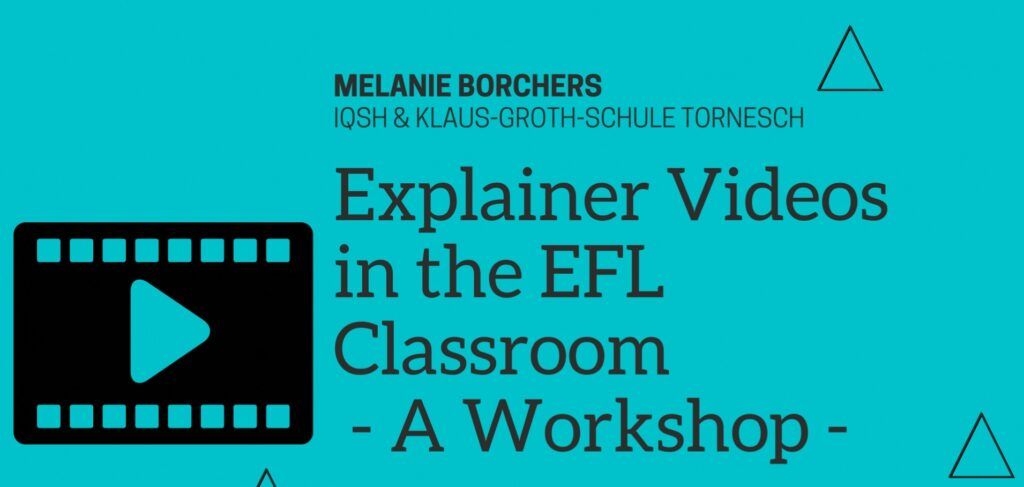
April to June 2022
Tutorial “OEP material consultation”

April to June 2022
Events on “Researching wiki writing in TEFL lessons”
Collaborative writing as a relevant skill for the digital workplace – and in the English classroom of the future?
The „Mobile Enhanced Language Learning goes OEP“ project recently collaborated with the FutureSkills initiative at CAU Kiel to create a freely available Massive Open Online Course (MOOC). The course was offered during the summer term of 2022 and was developed in the seminar „Exploring wiki writing practices for TEFL,“ led by Sean Holt, M.Ed. In this seminar, the students explored online wikis, including Wikipedia, to investigate their potential for promoting writing skills and media literacy for the modern English classroom.
Further information can be found in the corresponding field report.
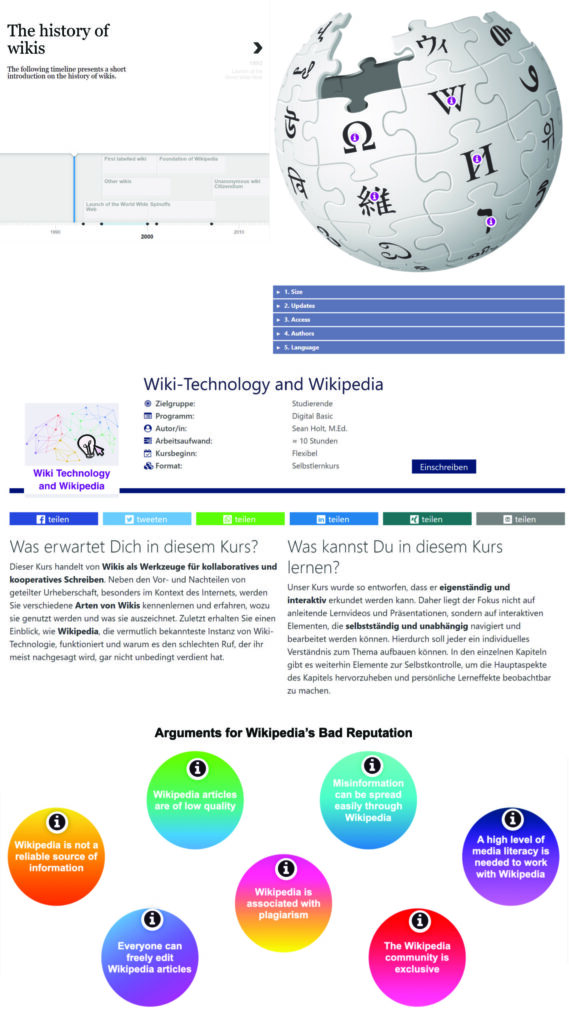

November 2021
Workshop (hybrid format) “Worksheet design & implementation”

November 2021
Hybrid events on “Explainer videos in the EFL classroom” on November 25, 2021

